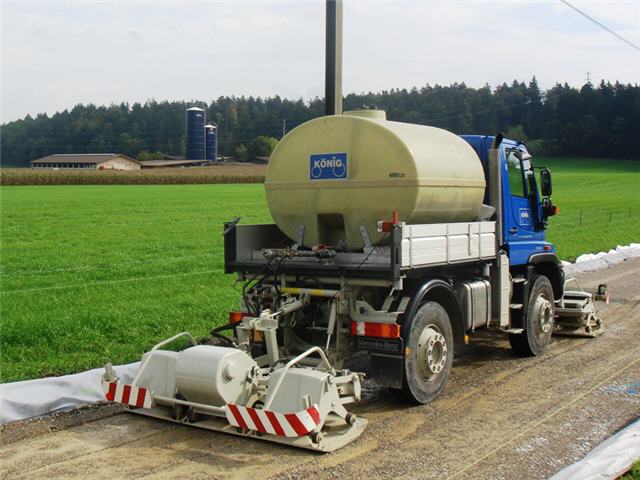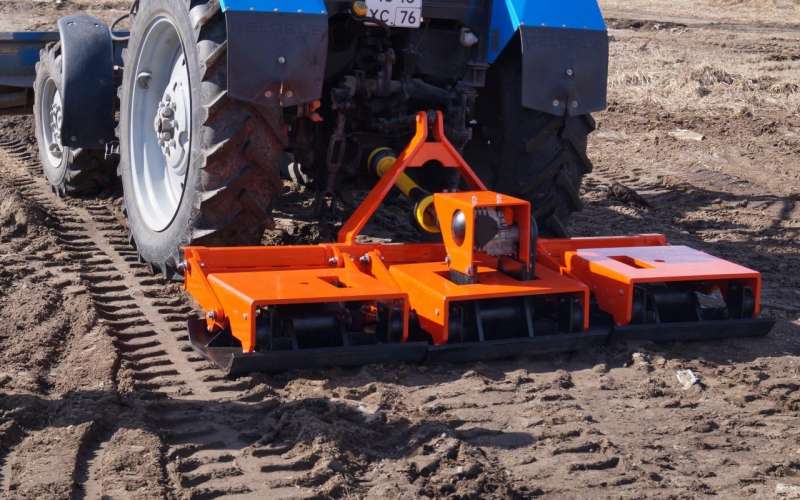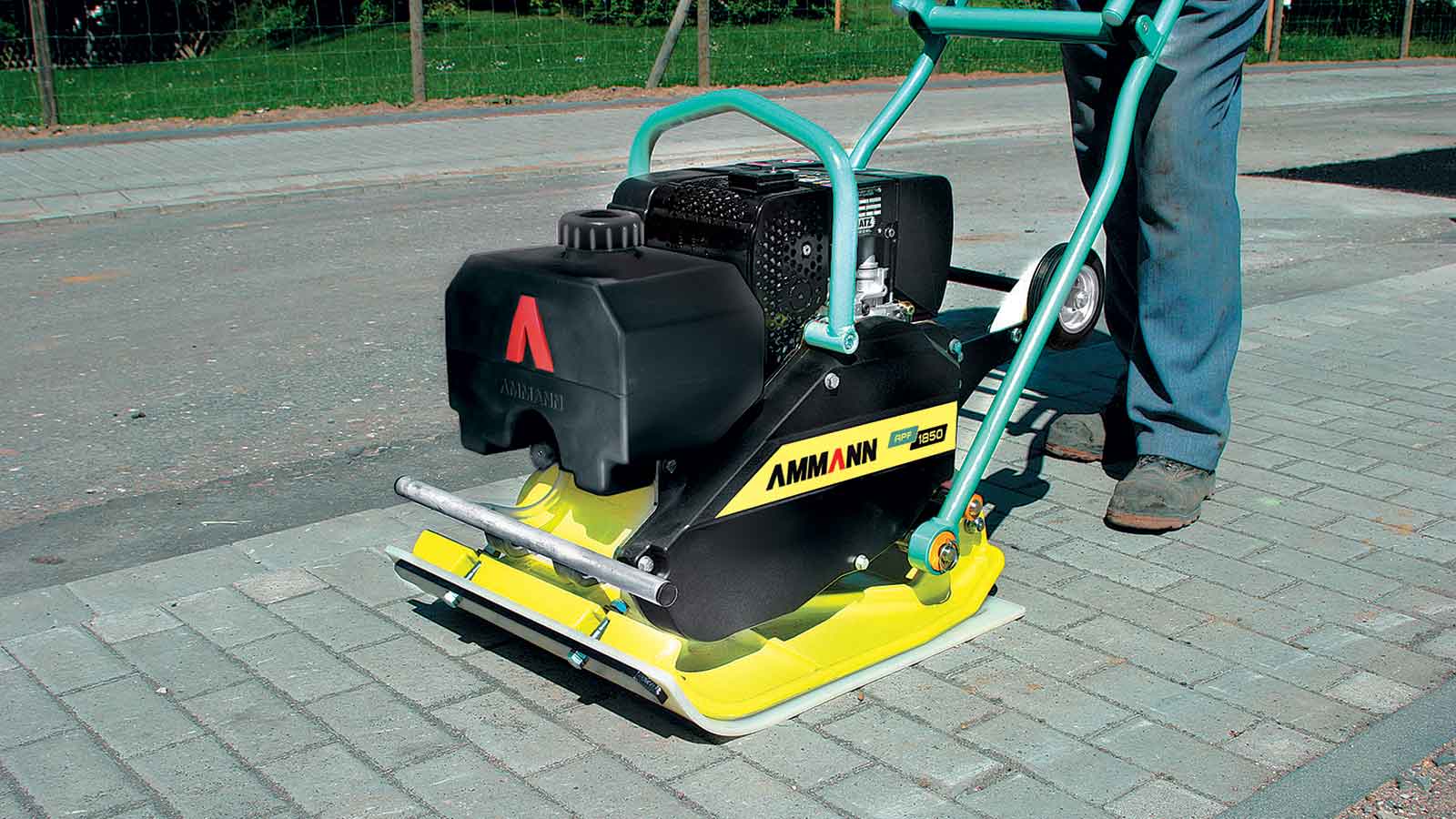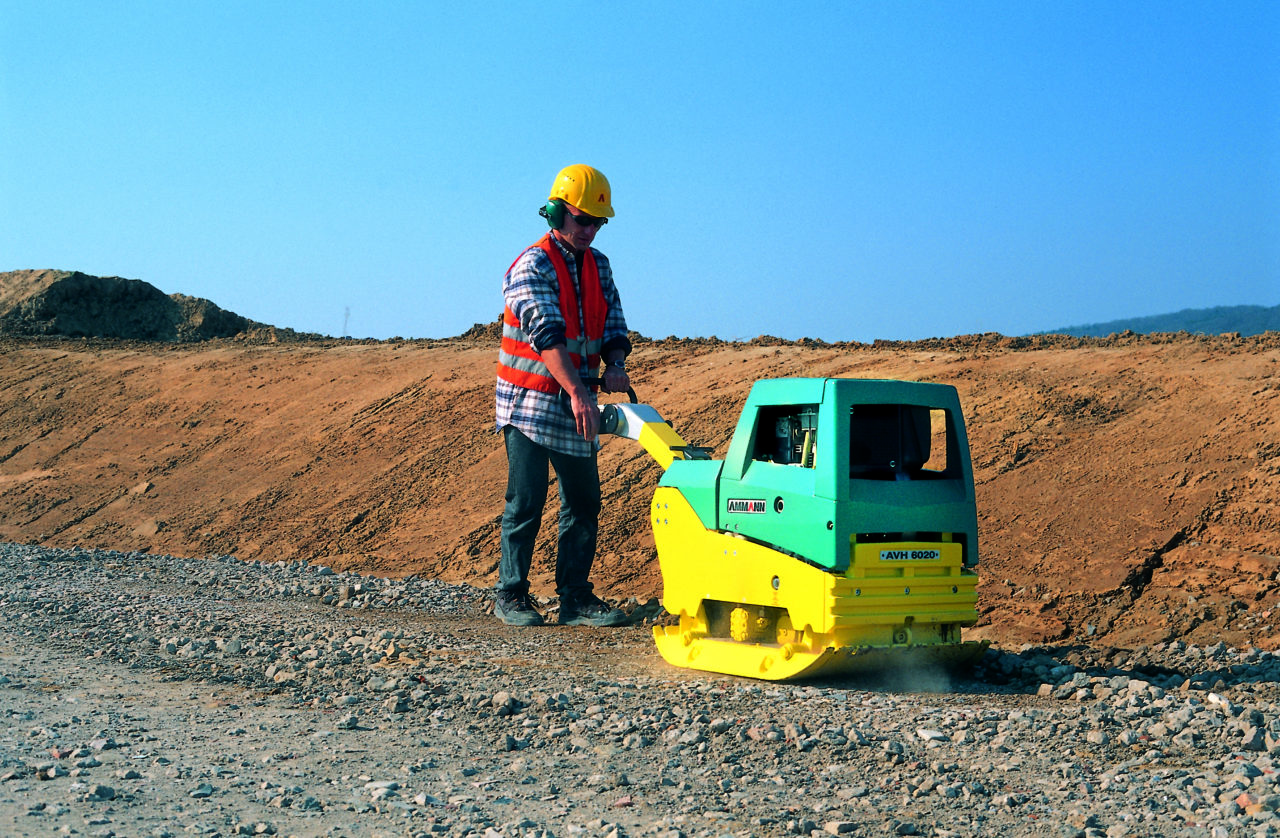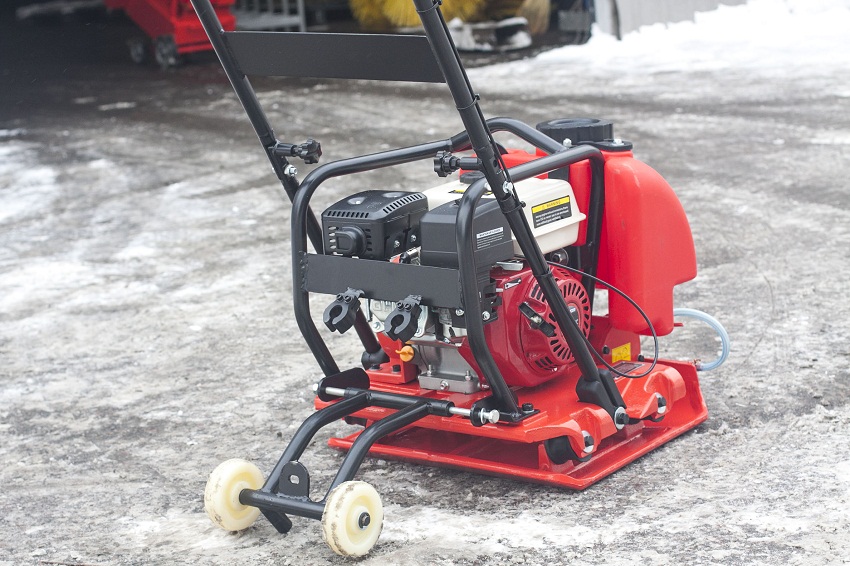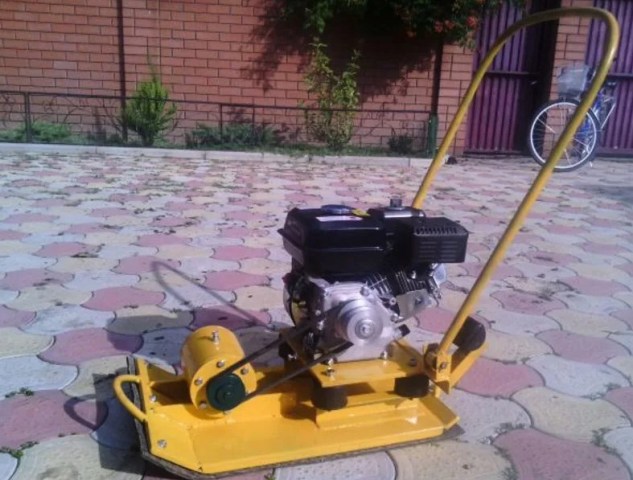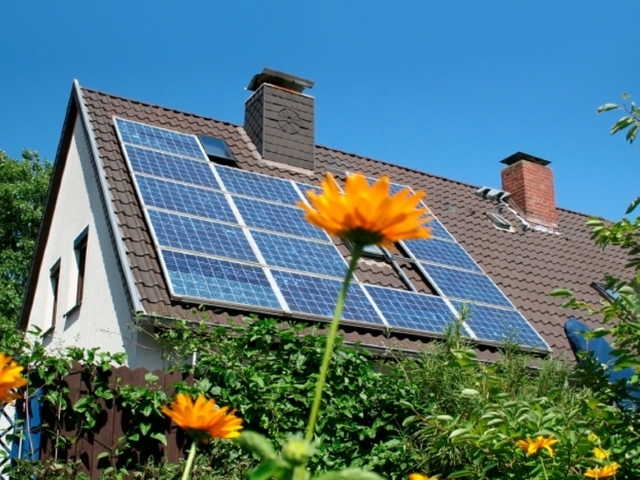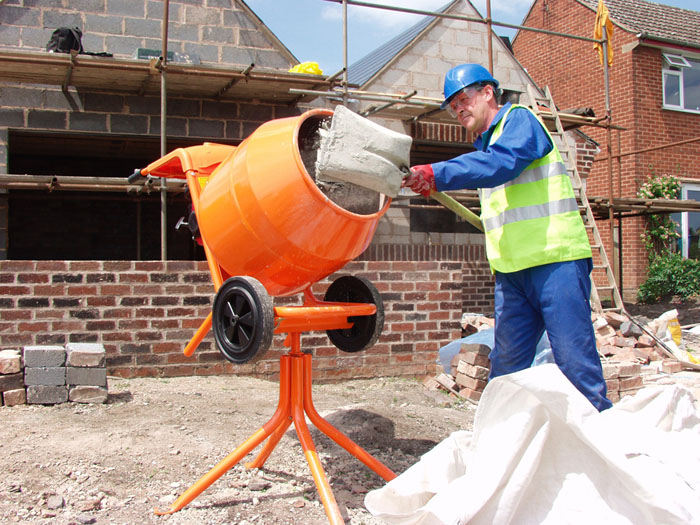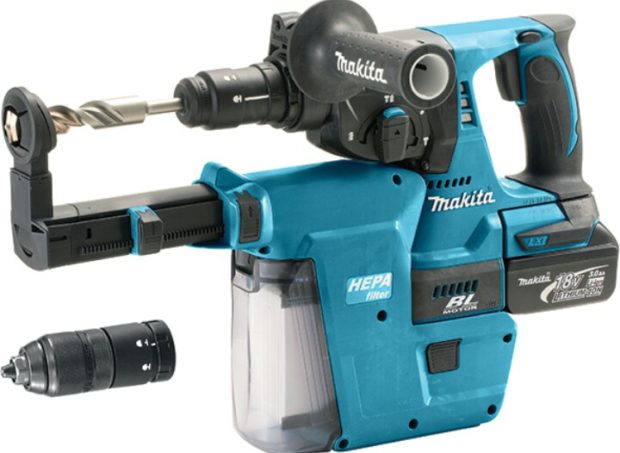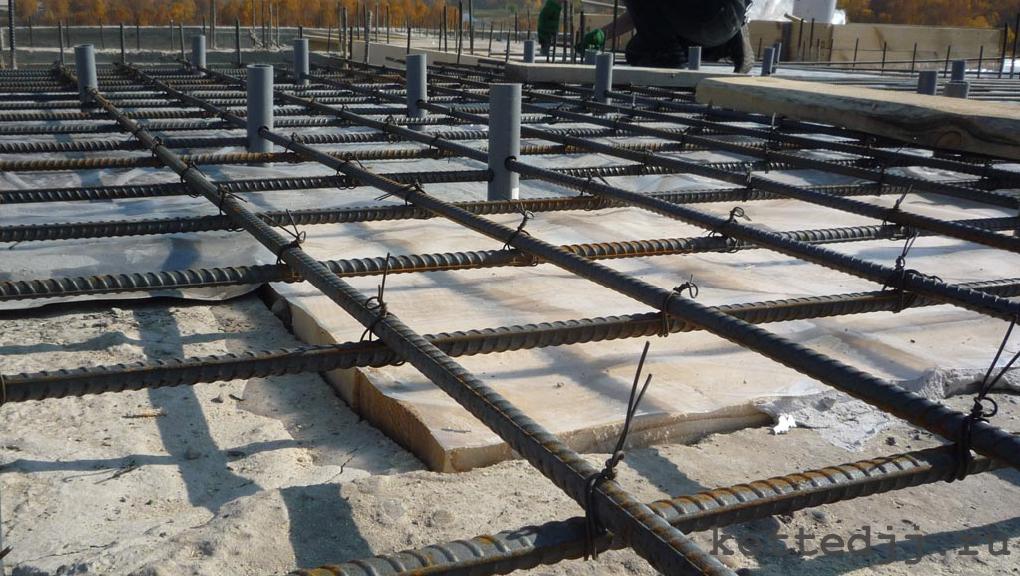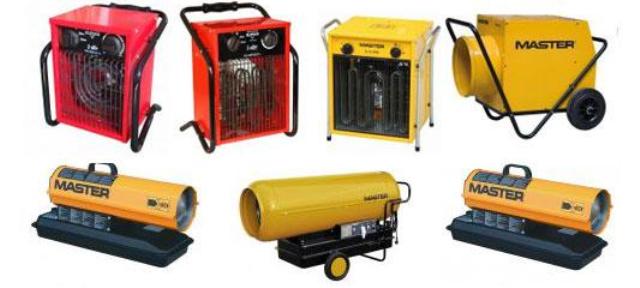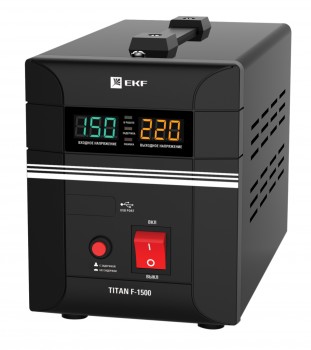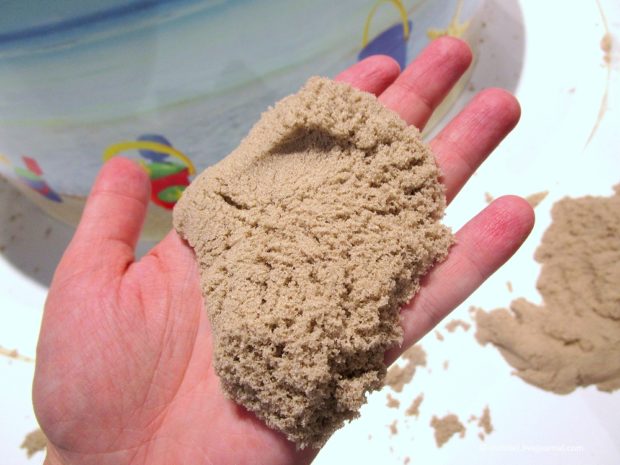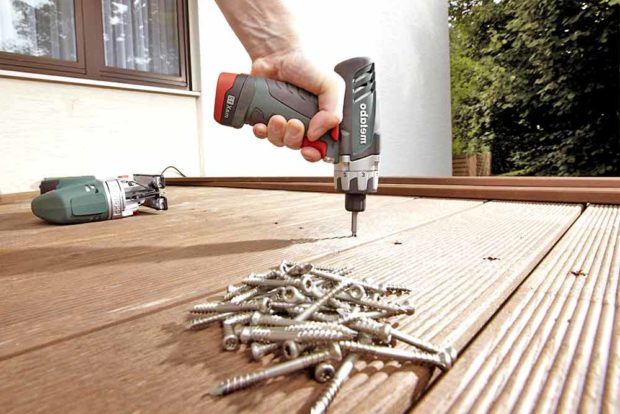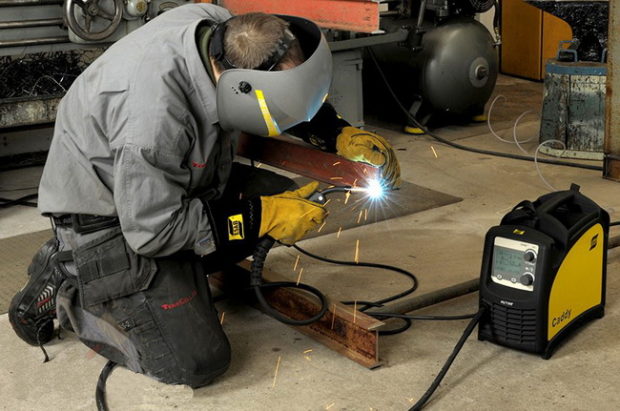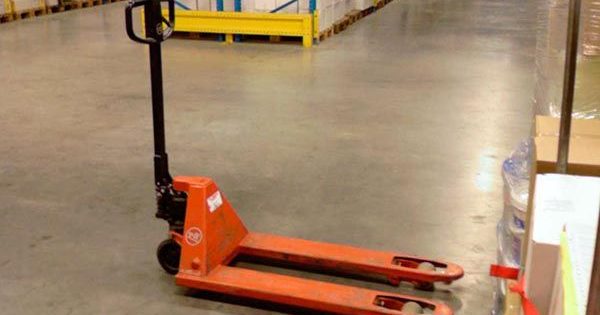9 tips for choosing a vibrating plate
Asphalt laying, pavement repair, tamping paving slabs, training foundation, as well as a host of other construction and landscape works, requires the use of special ramming equipment. Most often they use vibrating plates - relatively compact devices that can greatly increase labor productivity, if, of course, the equipment was selected correctly. How not to make a mistake when buying and choose the right plate? Which engine to prefer? What weight and vibrational stress will be optimal? The answer will depend on the type of work being carried out, but first things first.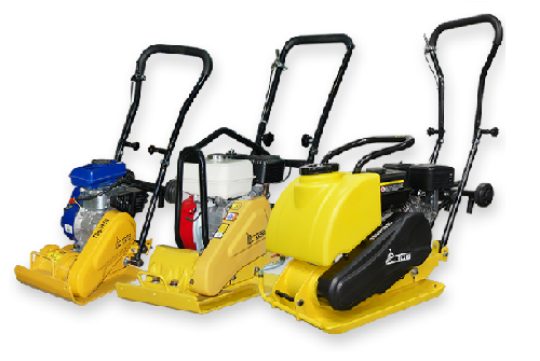
Why use vibrating plates?
The main purpose of the vibrating plate is the compaction of bulk materials. The impact on the surface is due to the flat metal bottom of a large mass, which is a vibration effect. Weight paired with vibration makes it easy to compact a loose surface.
Vibrating plates are used for tamping:
- asphalt, when it is impossible to apply other equipment;
- sand;
- gravel
- crushed stone;
- concrete;
- paving slabs.
The technique is used both when laying the foundation, and when landscaping garden paths. The vibrating plate is indispensable in the repair of pavement, ramming of paving slabs and in other cases when it is necessary to quickly and efficiently compact a loose base.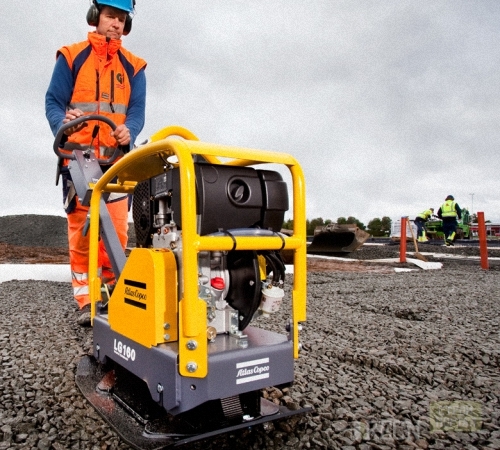
Vibratory plate movement method
Depending on the method of movement of the plate there are:
- trailed unable to move independently, require a tractor, truck or other equipment to ensure movement;

- mounted used, as a rule, paired with an excavator as attachments. These are hydraulic units that are distinguished by a large weight (more than 500 kg, or even 1 ton);

- interchangeable require the presence of lifting equipment, which rearranges the unit from one place to another;
- self propelled able to move independently, controlled by the operator.

The most common are self-propelled models, because further we will focus only on them.
engine's type
To activate the vibration exciter (vibrator), an engine is required. The following engine types are distinguished depending on the type of fuel used:
- petrol - The best option in terms of value for money. Although gasoline is more expensive than diesel, such a vibrating plate will initially be cheaper. It is characterized by high efficiency, performance and low noise. Such a mechanism will work in almost any conditions, and it will be possible to fill gasoline even with a low octane rating;
- diesel - It seems more attractive, since fuel will cost less than gasoline. Yes, there will be savings in operation, but initially you will have to spend money - a diesel vibrating plate is much more expensive than a gasoline one, therefore it has not received distribution. However, if the device is bought for very active use, then, probably, the benefit will be, however, it will be necessary to put up with the increased noise of the device. In addition, it is undesirable to use the unit at subzero temperatures;
- electric the engine will cost you the least, but you can use such a vibrating plate in the zone reach to electricity, which is limited by the length of the cord.If there is no electricity, the work will become. Yes, such units have the lowest noise level, but their power is the lowest in the class. But the electric vibrating plate can be used in enclosed spaces, unlike gasoline and diesel analogues, which form exhausts during operation.

Engine power
Engine power directly affects how easy the plate will move on complex surfaces. After switching on, the unit itself pulls itself forward, and the higher the power, the easier it will be to overcome climbs and areas with a loose surface. If the plate does not have enough power, then it may drown in viscous soil or not overpower the rise, and then the person operating the unit will have to take on a higher load.
Power depends on engine type:
- electric motor has a power of 250 to 2200 watts, because the scope of its use is limited mainly to private construction;
- petrol engine with a power of 1770-9800 W can cope with almost any task;
- diesel engine can have a power of 3000 to 24500 watts. The most powerful units are heavy industrial machines.
If you do not lay a road of national importance and do not prepare the foundation for a multi-storey building, then you can look towards units with a capacity of up to 6-10 kW.

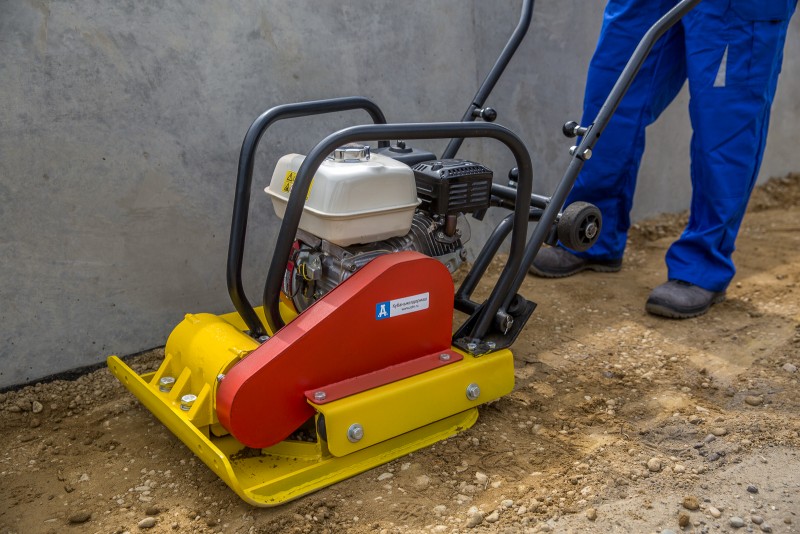
Plate weight and compaction depth
The higher the weight of the equipment, the deeper the material can be compacted. When choosing the weight of the equipment, it is also taken into account with which material you will mainly have to work.
The following types of vibrating plates are distinguished by weight:
- up to 75 kg, light. Able to ram the material to a depth of 15 cm, suitable for working with sand, fine gravel. Used in landscaping when arrangement of garden paths and laying paving slabs. Such equipment will not be suitable for asphalting, but it will definitely come in handy on the farm;
- 80-110 kg, universal. They ram the material to a depth of 20-25 cm, are used for patching the pavement, for laying paving slabs at sites, as well as for repairing roads after laying communications, in landscaping. Such a wide view of the available work and provided the versatility of this type of plate;
- medium heavy, up to 150 kg. They can tamp material at a depth of 30-60 cm, and are used in road and industrial construction. They do an excellent job of compacting asphalt and backfilling the foundation, but in no case are not suitable for laying tiles, since it can be damaged under the weight of the equipment;
- heavy, more than 150 kg. This is a professional technique that can even replace a vibratory roller. Such heavy equipment is not suitable for compacting asphalt, but is perfect for preparing the foundation for roads and for organizing the foundation.
The efficiency of the selected equipment by about 70% depends on the correct choice of weight, the remaining 30% is the right choice of vibrational force.
Vibration force
By vibrational force is understood the power of the shocks that are transmitted from the vibrator to the material being rammed. The higher this indicator, the more dense and complex materials the vibrating plate will be able to handle and the better it will seal the coating. If it is necessary to achieve the highest ramming density of the material, then among several devices with the same weight, one that has a higher vibrational force is selected.
Vibrating plates for this indicator can be divided into the following types:
- up to 12 kN - equipment for landscaping and tile laying. Such a plate cannot cope with the laying of asphalt;
- 13-18 kN - sufficient force for laying tiles, and for compaction of asphalt;
- more than 18 kN - industrial equipment.

Area and type of work surface
With the same indicators of weight and vibrational force, greater pressure on the material will be carried out by that plate that has a smaller surface area.On the other hand, an aggregate with a larger working surface will be more efficient if necessary to carry out work on a large area, but the capacity should be higher. All this is definitely worth considering when choosing, weighing the features of the work.
The working surface is made of cast iron or steel. Both materials are equally good, as they are able to withstand substantial vibration loads.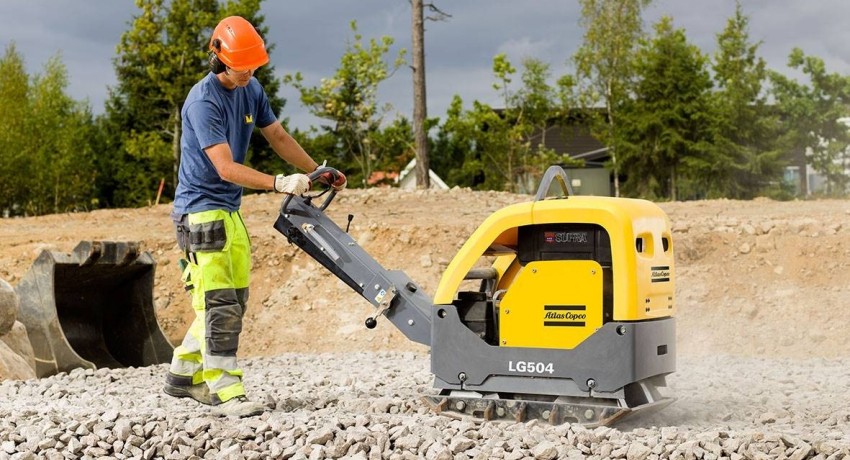
Reversible vibrating plates
Depending on the nature of the movement, the vibrating plates are divided into the following types:
- irreversible or one-way. They only move forward, they are used on sites where you can make a U-turn, but working with them is not as convenient as with reversing ones.
- reversible. They can move forward and backward, which greatly increases the mobility of equipment. That is why reverse models are often models weighing more than 100 kg. This technique is indispensable when working in small areas, for example, in a trench.
What else to consider when choosing a vibrating plate?
In addition to the most important parameters listed above, it is important to consider the following factors:
- performance, i.e. what area of material the device tamps per unit of time. The parameter depends on the weight of the plate, power, working surface area, measured in m2/hour;
- speed also affects the effectiveness of the work. The more powerful the engine, the higher the speed. For modern units, this parameter ranges from 5-30 m / min. However, the higher the speed you use, the smaller the depth of the tamping soil;
- operating time without refueling Depends on tank volume, engine type and fuel. The parameter is individual for each model, but the average time of continuous operation with a full tank is about 2-3 hours;
- irrigation system Only necessary when tamping asphalt or concrete. Water does not allow material to stick to the unit. The recommended volume of the water tank is 3-5 l;
- mat made of polyurethane or rubber is useful when working with paving slabs or stone. The rug somewhat reduces the destructive effect of vibration on such fragile materials and prevents their damage;
- manufacturer. The reliability and durability of the equipment largely depend on the name of the manufacturer. You can distinguish the equipment of the following brands: Wacker Neuson, Weber, Bomag, NTC (Europe), Mikasa (Japan), Shatal (Israel). Among domestic ones, vibrating plates manufactured by Caliber, TCC, Splitstone, MISSOM showed themselves well. It is also worth noting the high quality products Grost, Zitrek, Tsunami, Impulse, Champion and Diam.


